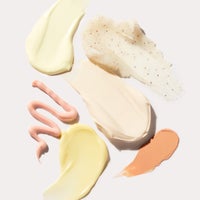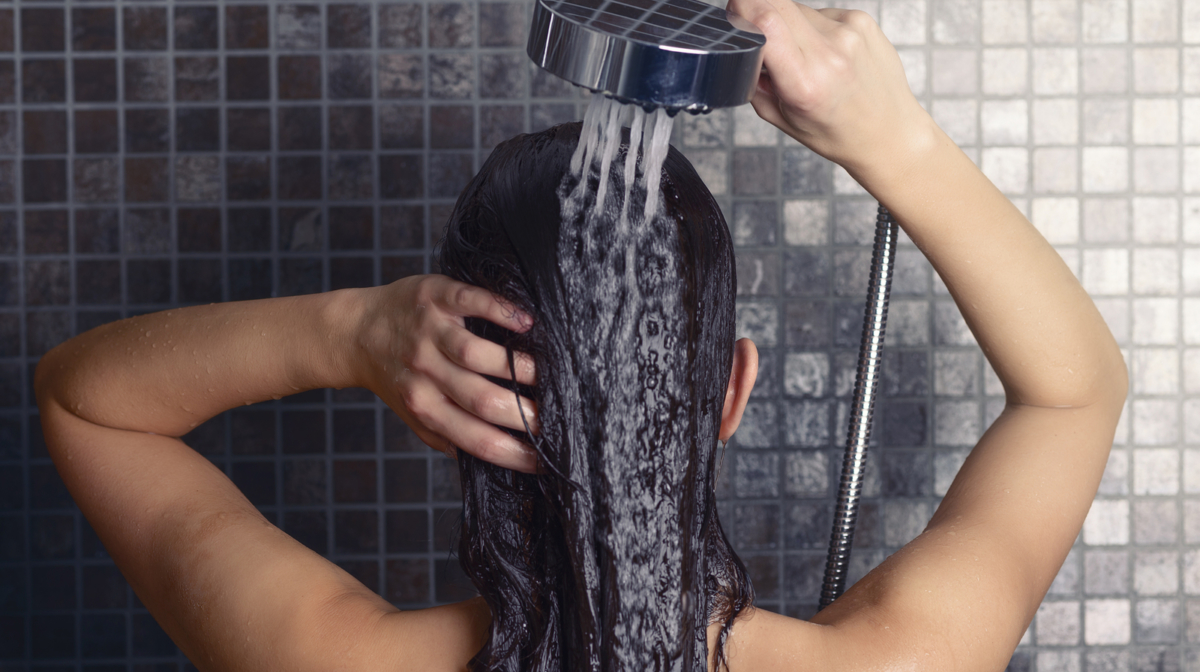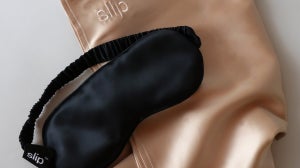
Scalp impetigo is one of those conditions that you don't hear much about, but it is important to be up-to-date and well-educated about it. Often, scalp impetigo, which arises when bacteria enter the skin through minor abrasions or breaks, can lead to itchy, painful, or uncomfortable sores and blisters easily misdiagnosed or diagnosed as another skin condition they're not. That's why an accurate diagnosis is rule number one, so you're treating scalp impetigo correctly and putting the skin on the right path to heal appropriately.
Table of Contents:
- What is Scalp Impetigo?
- Causes of Scalp Impetigo
- Common Symptoms and How to Diagnose It
- How to Treat Impetigo
- Consulting a Healthcare Professional
- The Bottom Line
What is Scalp Impetigo?
Scalp impetigo is a bacterial infection caused by bacteria, including Staphylococcus aureus or Streptococcus pyogenes, and can occur anywhere on the skin, including the scalp. When impetigo affects the scalp, it manifests as sores and blisters. The condition, which can range from mild to severe and painless to painful, can appear differently depending on the stage of infection and what part of your body it affects. Since impetigo is a highly contagious skin condition, it is important not to share hairbrushes, combs, or other products that come into contact with the scalp and hair with others.
Often, scalp impetigo first shows as a small cut, bug bit, or rash, but it can transpire anywhere with a break or abrasion in the skin or scalp. The scalp doesn't need to be unhealthy or suffer from common problems or conditions to fall victim to impetigo.
There are two main types of impetigo: non-bullous impetigo, which is the most common, and bullous impetigo. Non-bullous impetigo surfaces are red, itchy sores that quickly burst and crust over without scarring. Bullous impetigo begins as fluid-filled painful blisters that first spread elsewhere on the body. Then, they burst and crust.
Causes of Scalp Impetigo
No matter where on the body impetigo affects the skin, its primary cause is bacteria, specifically Staphylococcus and Streptococcus. The bacteria enter and infect the skin through a cut, injury, insect bite, small abrasion, or an underlying skin condition like eczema.
Once impetigo forms on the scalp, it becomes a contagious infection that can quickly spread from one person to the next simply by touching the infected area and not washing the hands before touching something else. Simply put, poor hygiene and insufficient hand washing methods are enough to spread scalp impetigo around.
It's easier for scalp impetigo to form and spread when the weather is warm, moist, and humid and when people are packed into tighter environments.
Common Symptoms and How to Diagnose It
Scalp impetigo manifests as red sores or blusters coupled with an itching scalp. It's common for the sores on the scalp to be present in other areas of the body, too. Scalp impetigo can easily be mistaken for other sore-like conditions such as ringworm, but scalp impetigo usually presents with blisters and sores. The blisters are typically inflamed and crusty and release a yellowish fluid.
Both children and adults are equally susceptible to experiencing scalp impetigo, even though children are affected more often. That's because scalp impetigo tends to run rampant in young children in close physical contact at childcare centers, schools, camps, and other facilities, and share towels, blankets, toys, and pillows. But anyone with a compromised immune system can experience impetigo. Most cases of scalp impetigo are itchy or painful, leaving children to touch or scratch the area and then spread the infection.
It's important to seek a diagnosis with a professional haircare specialist to confirm if scalp impetigo is present, especially since it can easily be confused for another condition. However, in most cases, a doctor or medical professional can diagnose scalp impetigo by examining the sores. In some cases, fluid is extracted from a blister and tested to confirm the diagnosis.
How to Treat Impetigo
Medical Treatments
Scalp impetigo is a serious infection and nothing to take lightly, so doctors always prescribe topical and oral antibiotics. Smaller areas can be treated with over-the-counter antibiotics like mupirocin, fusidic acid, or retapamulin. Oral antibiotics are usually reserved for severe infections that spread rapidly. Some more commonly prescribed antibiotics include doxycycline, amoxicillin, and clindamycin.
When using antibiotics to treat scalp impetigo, it's vital to complete the entire course of antibiotics to eradicate the bacteria and prevent a relapse of infection, even if the symptoms improve. You'll also want to follow any other directions your doctor recommends to a T.
Home Remedies & Other Effective Products
Even though antibiotics are the typical solution for clearing up scalp impetigo, there are plenty of effective at-home remedies that make use of more natural ingredients that can help clear up the infection, including:
- Hygiene practices: Routinely washing your hands and not touching the infected area can help prevent the infection from spreading and speed up healing time.
- No scratching: Scratching and touching the site of infection pushes bacterial matter under the fingernails and onto the skin, which can then easily spread to other parts of the body and other people.
- Antibacterial ointments: Applying a nonprescription strength antibacterial ointment to the affected area can help alleviate any discomfort and quell the infection.
- Use antibacterial cleanses and skincare: Treating scalp impetigo with anti0bcaterial skincare can help prevent the spread of the infection and may also speed up the rate at which the skin heals.
- Consider topical tea tree oil: Some people add a few drops to their shampoo or apply it directly to the scalp to treat scalp impetigo. However, use it cautiously since tea tree oil can cause an allergic reaction in some people.
- Wash the hair with a mild dandruff shampoo: Since the scalp may be itchy from impetigo, shampooing it with an anti-dandruff or calming shampoo may help alleviate some discomfort.
Preventive Measures
The best ways to keep scalp impetigo at bay are avoiding anyone experiencing it and practicing good personal hygiene by washing your hands frequently. Keeping the scalp clean and abreast of any open breaks in the skin is also a preventative tactic to follow.
Some people believe taking zinc supplements may reduce the risk of scalp impetigo (and all types of impetigo). However, science is still scant; the reports are primarily anecdotal.
Consulting a Healthcare Professional
It's always best to consult a medical professional whenever there's something obscure on the skin, be it the face, body, or scalp. When scalp impetigo may be suspected, an accurate diagnosis is rule number one to prevent the infection from spreading to other parts of the body and others. An accurate diagnosis will help you identify the issue so that the proper medications can be prescribed.
It's of the utmost importance always to follow all medical advice and a prescribed treatment plan to improve scalp impetigo. If not, the infection can linger and may take longer to heal properly. Plus, adhering to strict medical recommendations lessens the risk of skin scarring.
The Bottom Line
Scalp impetigo is a serious bacterial infection, and practicing safe and healthy hygiene can help prevent the spread of the condition. While its symptoms may be bothersome, uncomfortable, or even itchy, plenty of effective holistic and prescription treatments are available to heal the skin. If you think you may have scalp impetigo, we urge you to seek medical advice for an accurate diagnosis and treatment plan.
To keep the scalp clean and healthy, check out these scalp products, which offer preventative measures.

Related Articles





